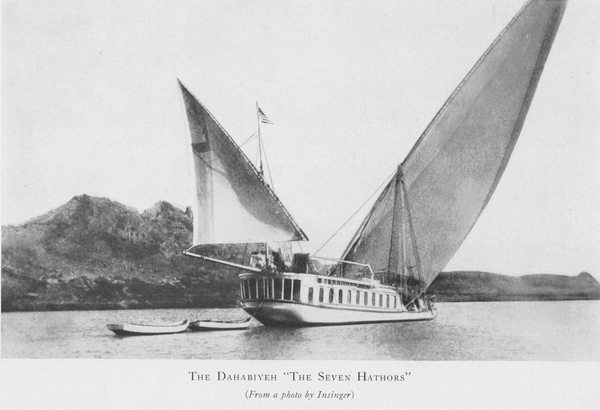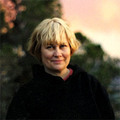Wilbour: One Man’s Obsession with Egypt
It’s a well known fact that the Brooklyn Museum has a great Egyptian collection but did you know that we have one of the best libraries devoted to the study of Ancient Egypt that is open to the public? We work to get the word out through public programs, Library displays and several online resources.
I’m delighted to report that on March 6th we had a well attended talk in the Library as part of a series of lectures presented in memory of Evelyn Ortner, a beloved Library Donor and Museum Guide who gave tours of the Egyptian collections. Our speaker was Dr. John Lundquist, former Curator of Asian and Middle Eastern Collections at the New York Public Library, who discussed nineteenth century references on Ancient Egypt. We own several of the rare books that were discussed such as Belzoni’s Narrative of the Operations and Rosellini’s Monumenti dell’Egitto—you can even see one of the Rosellini volumes in the To Live Forever exhibition here. We also looked at several volumes of the Description de l’Egypte, the subject of a previous blog.
These rare books were from the personal library of Charles Edwin Wilbour (1833-1896) remembered today as a scholar, collector and accurate copyist. Indeed the collections he assembled became the foundation of the Brooklyn Museum’s Egyptian antiquities collection and the Wilbour Library of Egyptology. Captivated by Egypt and its monuments, Wilbour spent every winter in Egypt starting in 1880 until his death in 1896.

He used his houseboat, named “The Seven Hathors,” as a place to entertain his fellow Egyptologists, family and friends. Wilbour acquired all of the important texts published on ancient Egypt available at that time and used his personal library as a way to educate himself. He kept key works with him in Egypt so that he could carry the books to specific sites to compare the texts with the inscriptions on the monuments. His unique annotations to these texts are important to researchers especially since they document monuments that have deteriorated significantly since Wilbour’s time. According to his son-in-law, the artist Edwin H. Blashfield (1848-1936), his passion for Egypt was tireless:
“In the center of the space was his steamer trunk, on the same was the huge folio of Lepsius and behind it on a camp-stool was the Egyptologist comparing texts. He stood discomfort wonderfully – with the mercury at one hundred Fahrenheit in February, he could spend long hours some twenty-five feet above the pavement, with his folio propped somehow between ladder and Egyptian gods in incised relief, upon the outer wall of Edfou or some other temple. Very heavy boxes of books accompanied him everywhere …”
After Wilbour’s death his children offered his antiquities and library collection to the Brooklyn Museum as a memorial to their father. Wilbour’s heirs continued to donate objects to the Museum and in 1932, the Charles Edwin Wilbour Fund was set up by Victor Wilbour to support both the Library and the Egyptian collections here at the Brooklyn Museum.
Stay tuned as Tom Hardwick, an Egyptologist who is volunteering here, blogs about letters Wilbour wrote while he was in Egypt and if you are in the museum, drop by to see a selection of photographs, letters and books documenting Wilbour’s work and his family interests on view in the library display cases on the second floor. If you would like to visit the Wilbour Library of Egyptology just send us an e-mail—we’d love to see you!

Deirdre Lawrence has been the Principal Librarian at the Brooklyn Museum since late 1983. Before coming to the Brooklyn Museum, she was Associate Librarian at the Museum of Fine Arts in Boston. She received her M. L. S. from Pratt Institute in 1979 and has studied art history on the graduate level. At the Brooklyn Museum she has established the Museum Archives and implemented many projects to preserve and make accessible the research collections. Deirdre has overseen a major renovation project, implementation of an online catalog and several collaborative projects with other libraries. She has written articles on the collections and lectured frequently on the research collections held in the Libraries and Archives as well as Brooklyn Museum history. Deirdre has curated several exhibitions at the Brooklyn Museum and elsewhere. She is a visiting professor at Pratt’s School of Information and Library Science and serves as a board member at the Center for Book Arts in New York.
